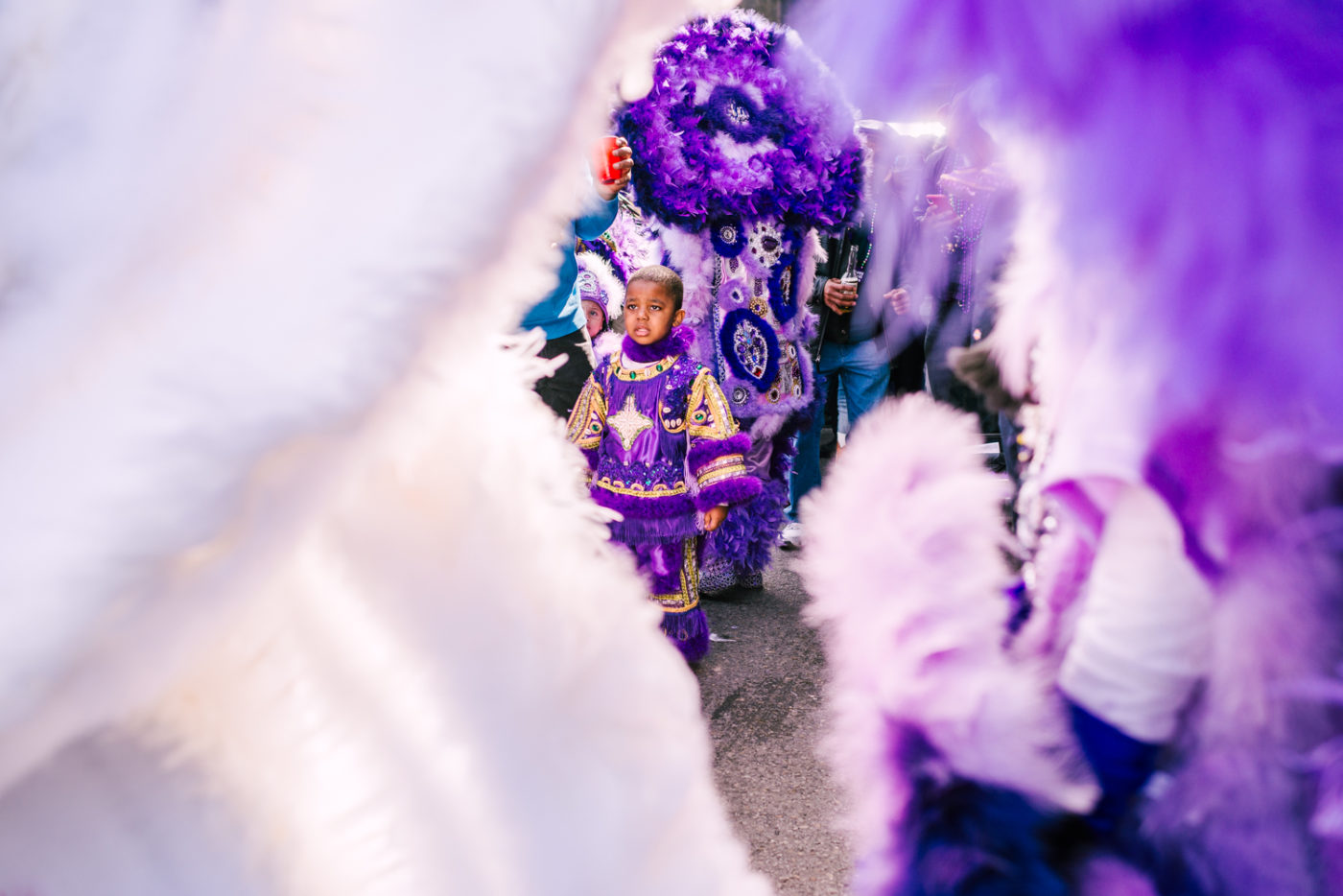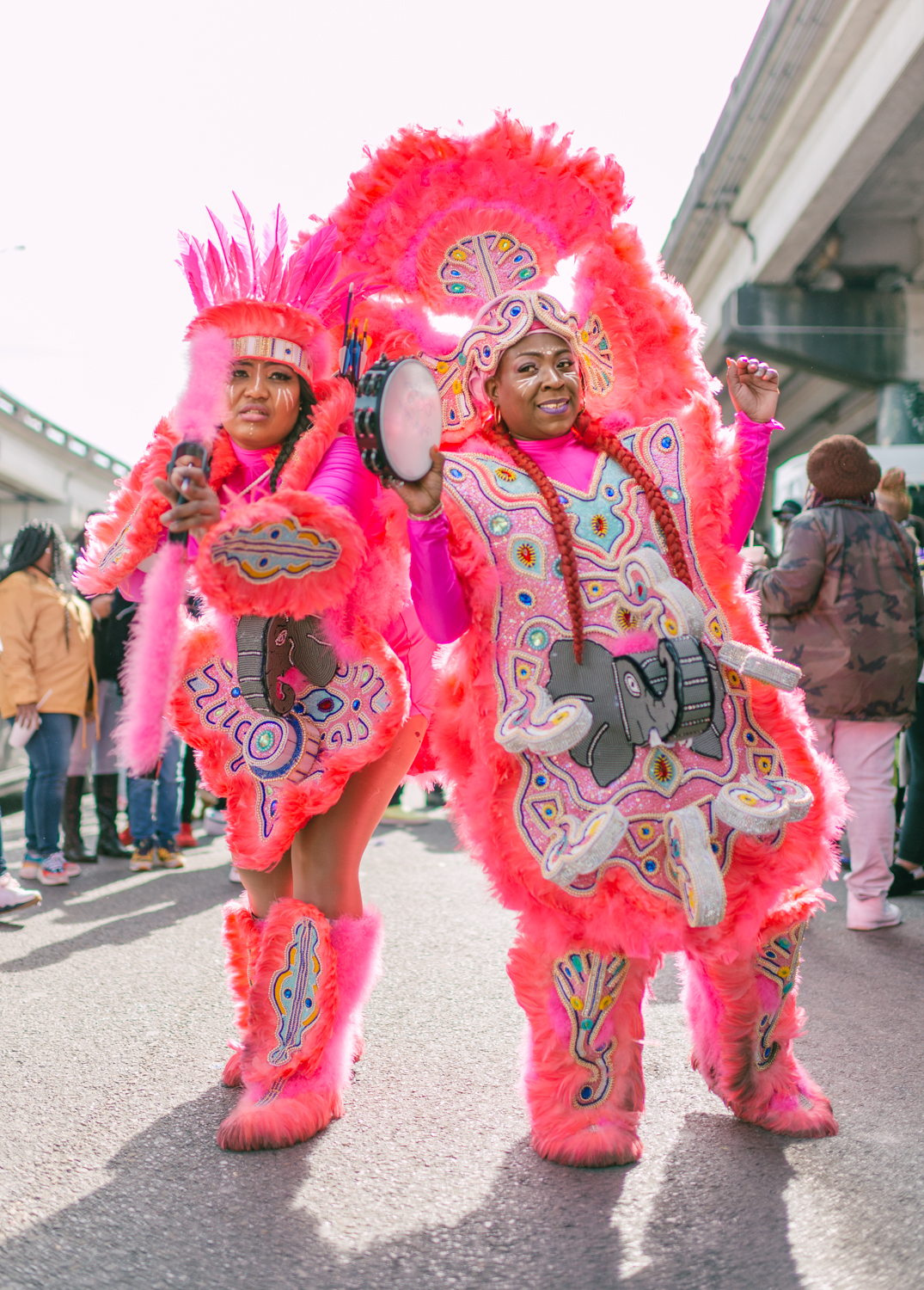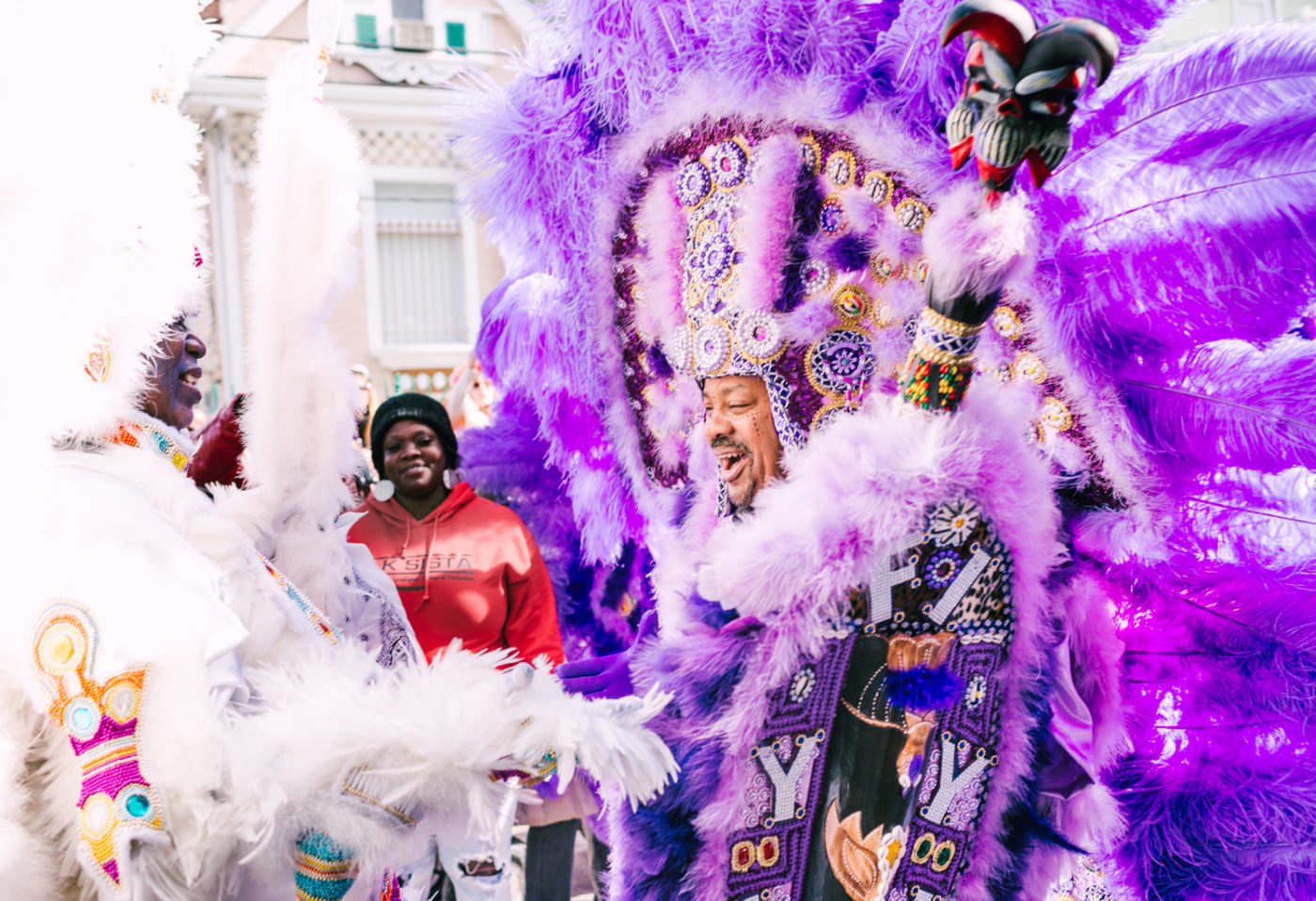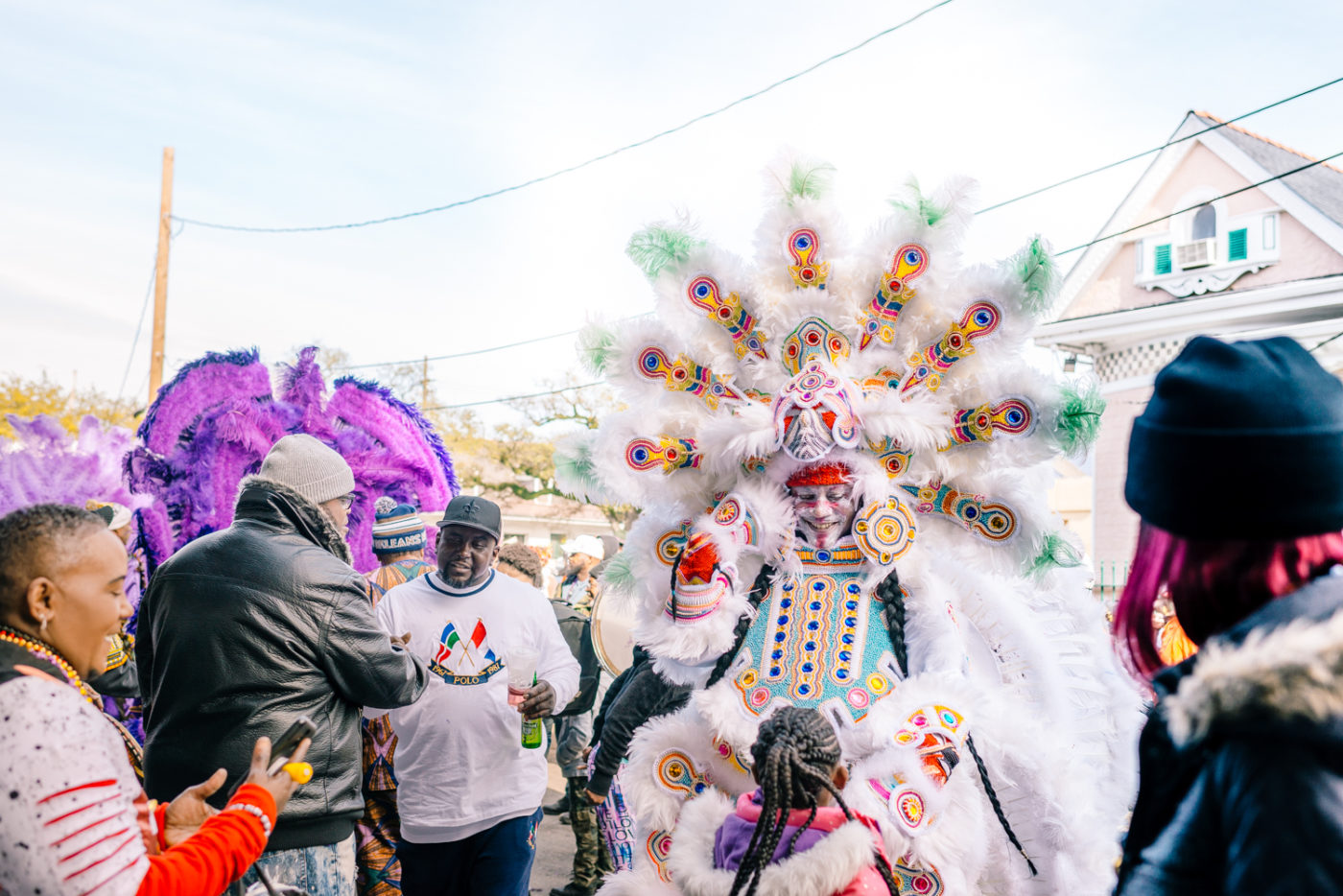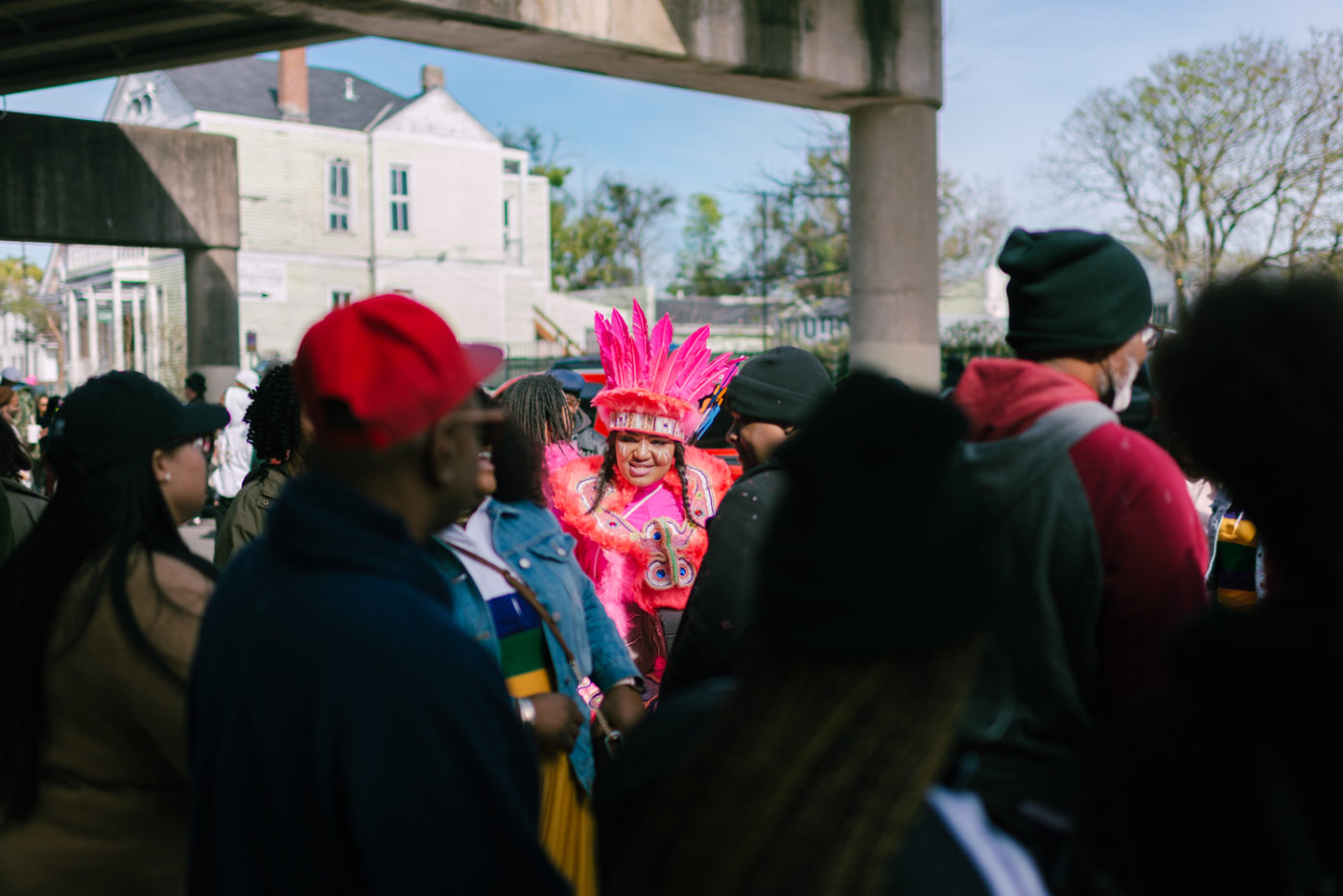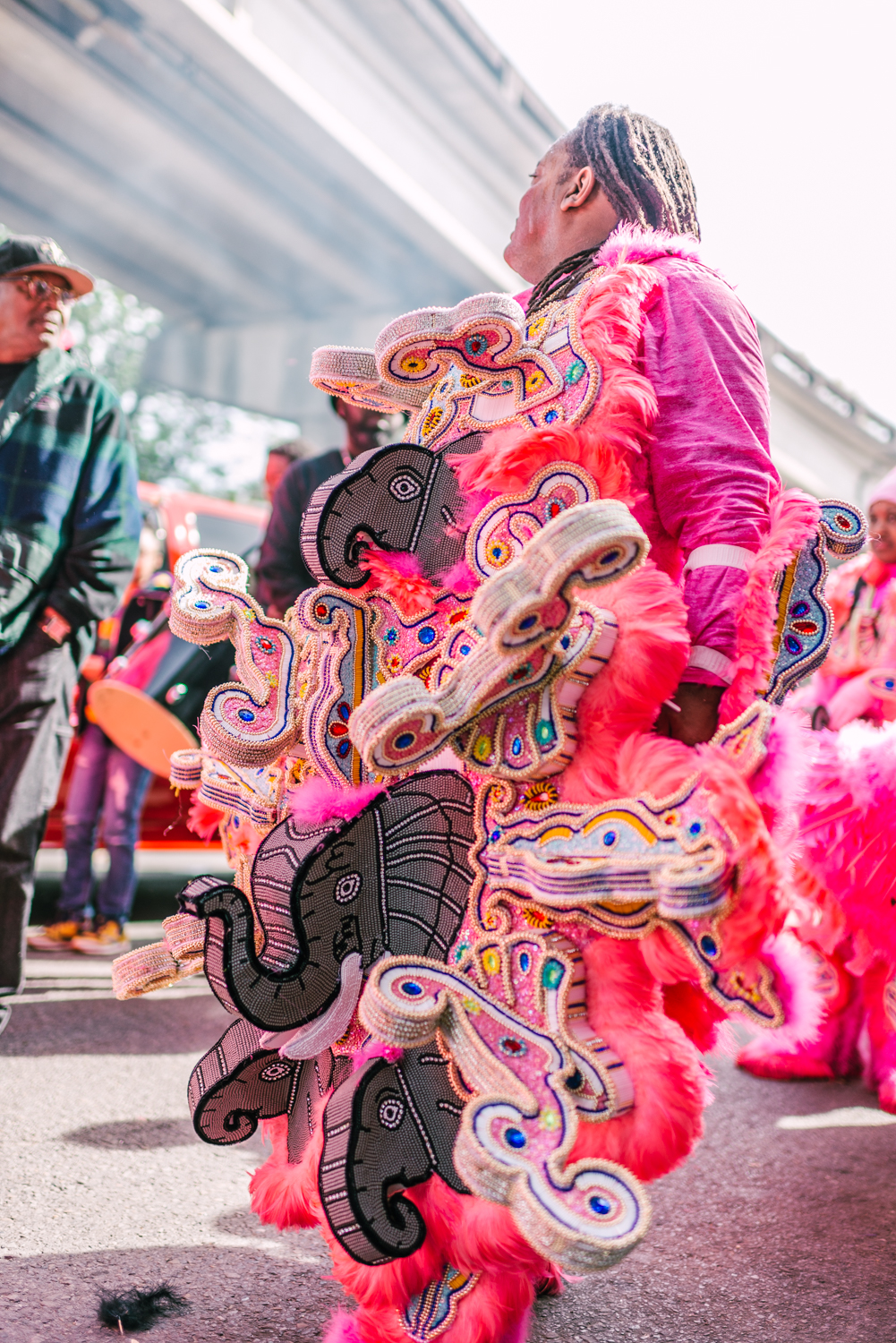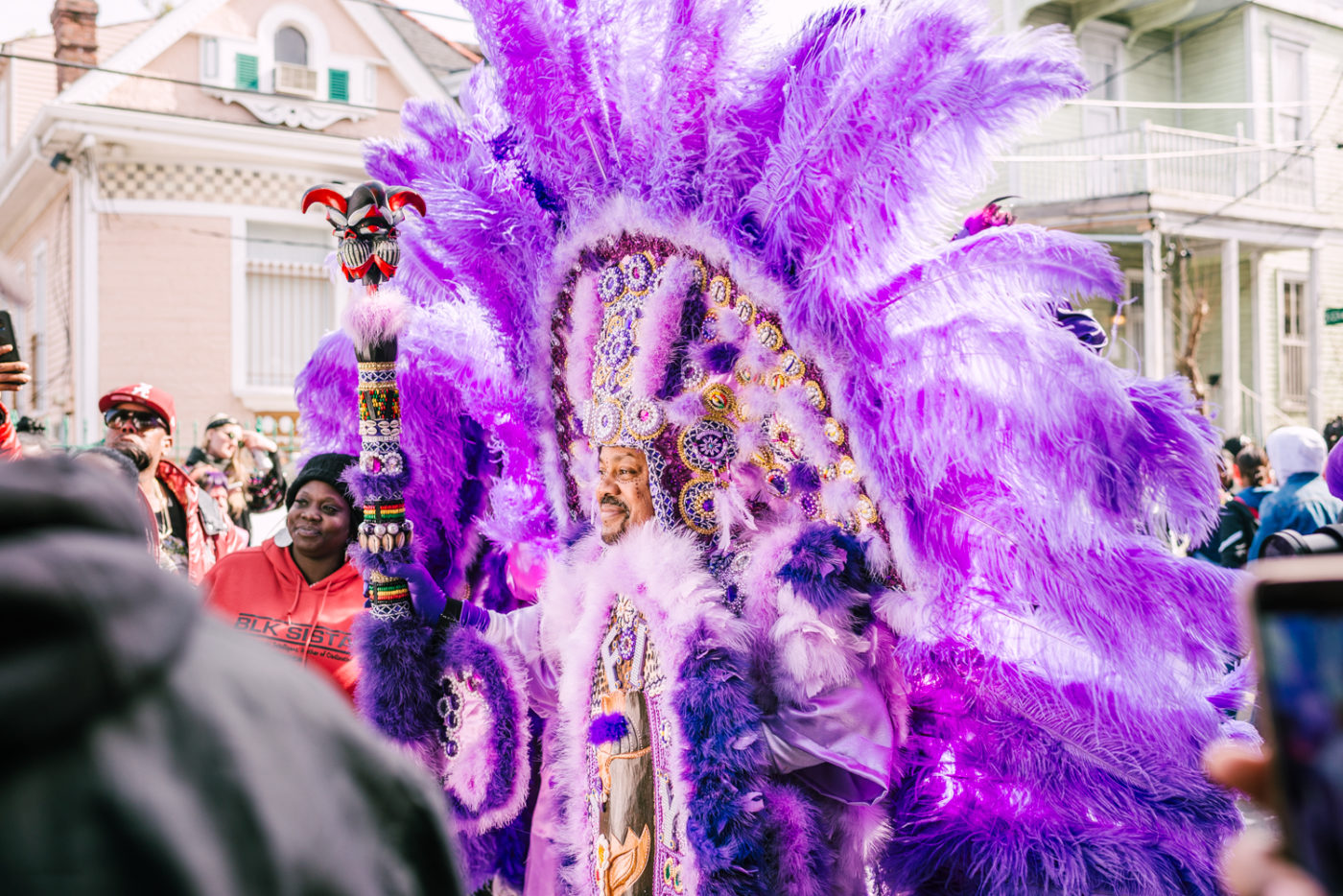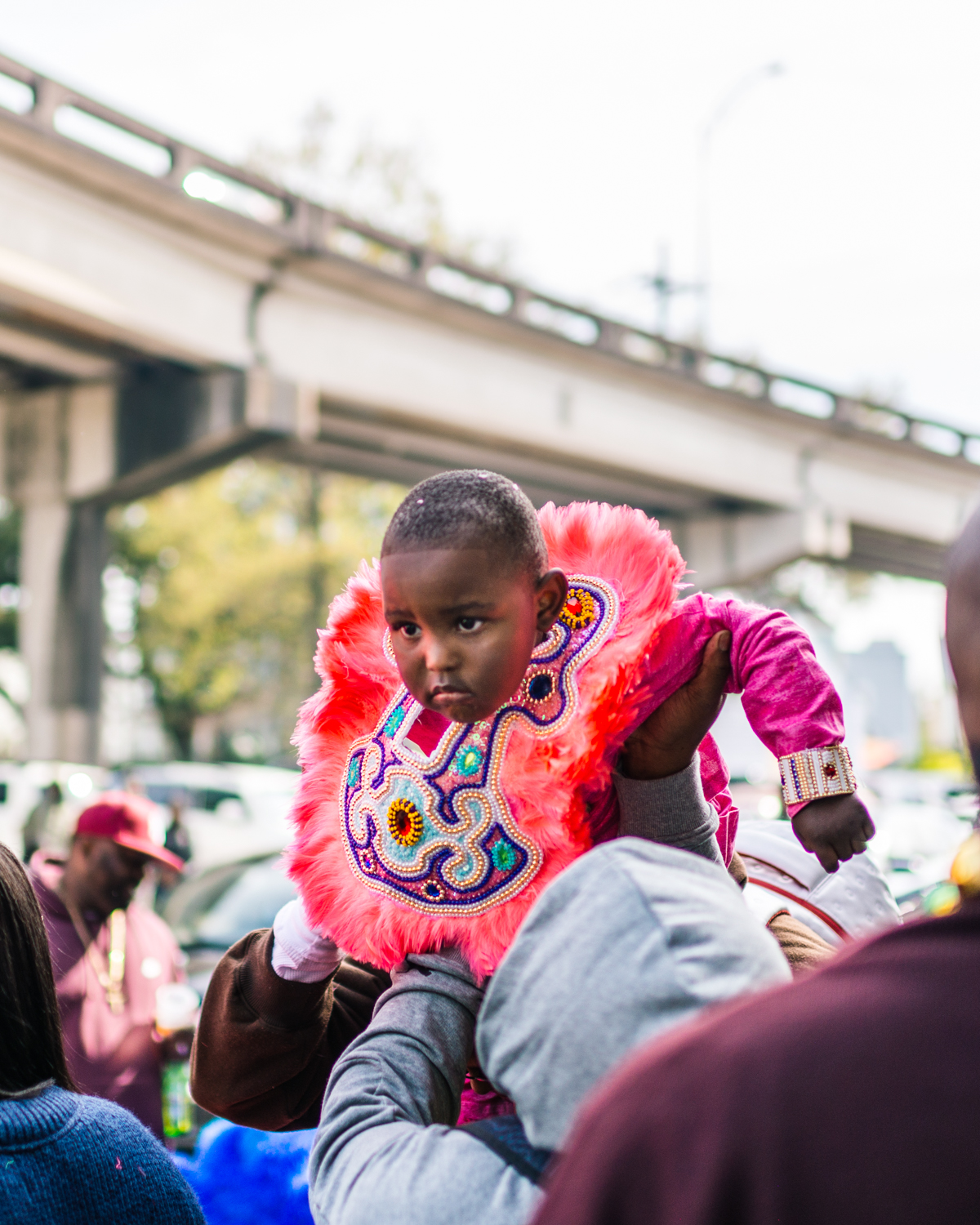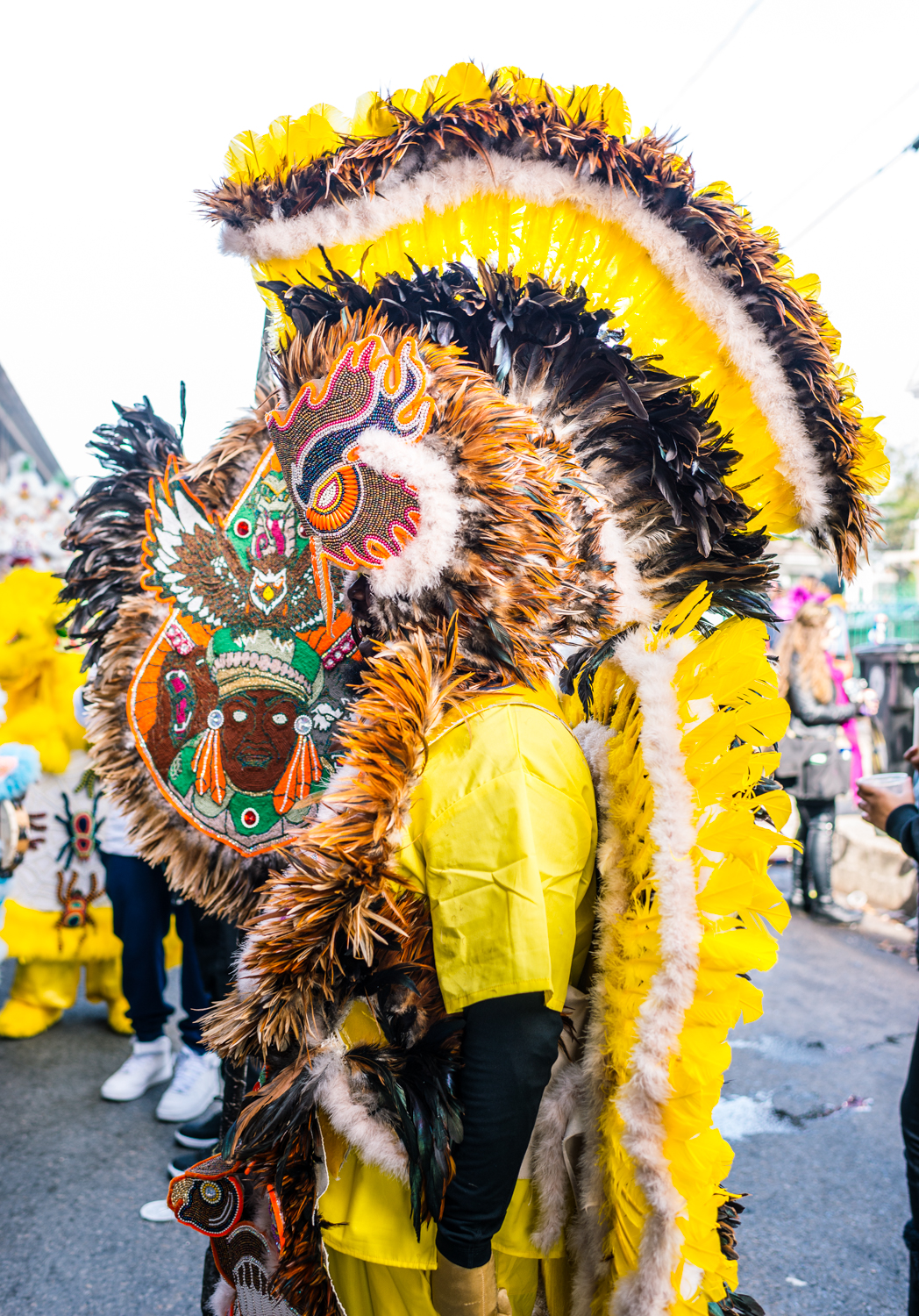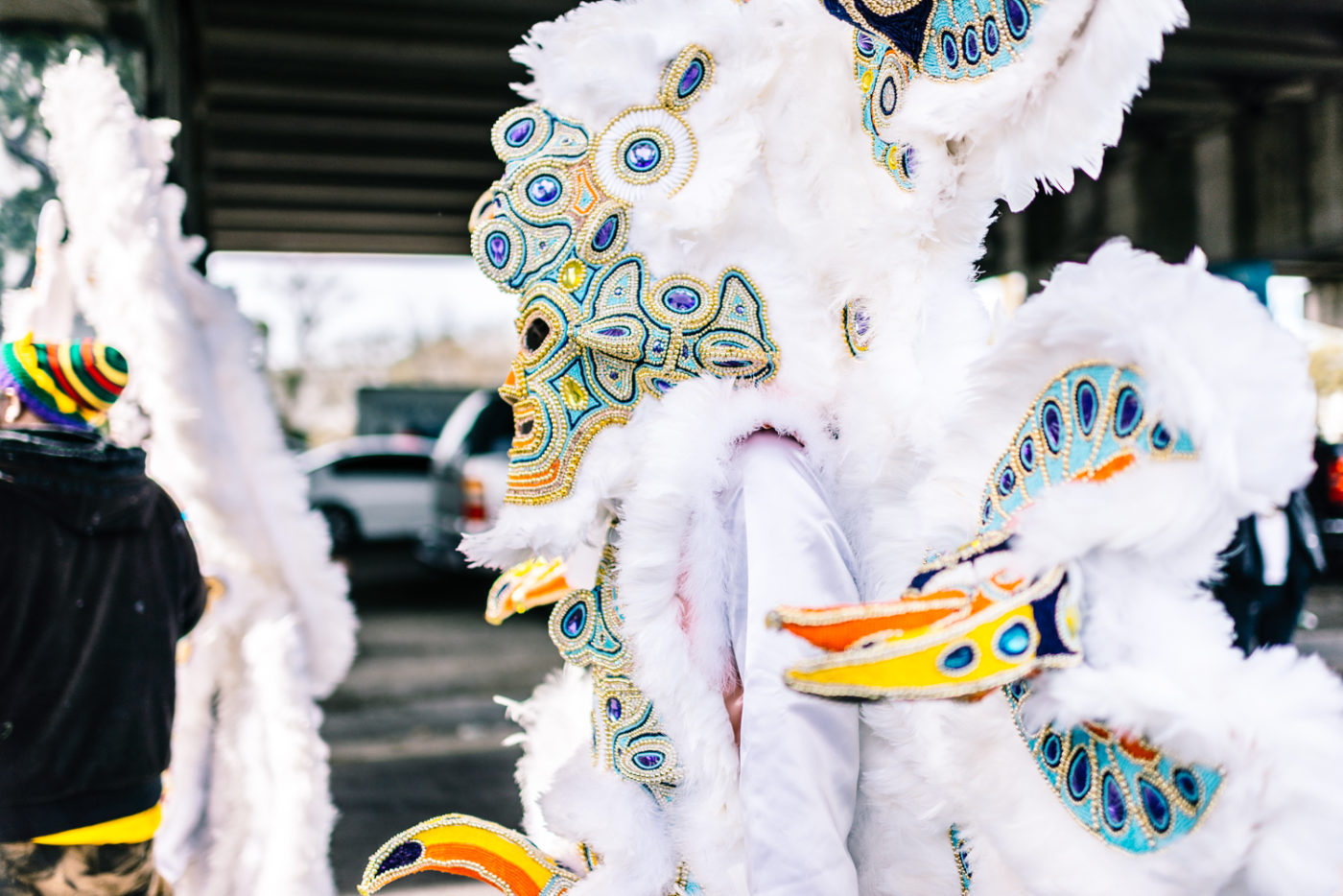The elusive, unpredictable Mardi Gras Indians have a history as decorated as their vibrant costumes. You never know when they’ll appear, which parade route they’ll take, or what they’ll contribute to the party. One of the most iconic Krewes of the annual Mardi Gras celebration, the Indians’ commitment to secrecy only adds to their intrigue.
Who Are the Mardi Gras Indians?
The Mardi Gras Indians have been parading the streets of New Orleans for over a century. This Krewe of carnival revelers was born out of the slavery and racism that segregated blacks. Few black neighborhoods felt like they could participate in traditional Mardi Gras activities, which led to the development of their own celebration.
In the early days, they stuck mainly to Congo Square and its surrounding areas. Congo Square holds significance, having served as a cultural arena for African dance and song in the 1740s. The vibe here was nothing short of joyous, and its rich history lives on through the Indians.
They chose the Indians to pay homage to the people who helped them escape slavery and tyranny.
Why the Indians Are Different
Unlike other Krewes, Mardi Gras used to be a day of violence for the Indians. It was often the day to settle scores, and police forces were largely powerless to contain the violence in a street scene filled with masked individuals.
Today, the Indians are a vibrant piece of living New Orleans theater and culture. During Mardi Gras, they don elaborate Native American costumes and participate in an unpublicized parade that takes the city by surprise. Each “tribe” has its own style and dress and participate in friendly competition with other tribes. The elaborately beaded suits cost thousands of dollars, can weigh upwards of one hundred pounds, and takes between six and nine months to plan and complete.
No longer the bloodbath of decades past, the Indians now proudly command a level of artistry and performance that has become synonymous with Mardi Gras.
Expect the Unexpected
The “Big Chief” decides where the group will parade, the route is different every year. When two tribes cross paths, they either pass or meet for a symbolic fight. The tribes line up and the “Big Chiefs” taunt each other over which tribe is the “prettiest”. The drum beats of the two tribes intertwine, and the face-off is complete as they continue on their way.
Even with a dark, checkered past, the Indians live on in the light of love and fellowship. Kids as young as age 2 dress up in costume and accompany their parents as they strut about the city. They’ve become one of the most iconic symbols of Mardi Gras tradition, largely in part to their unpredictability. You never know when the Indians will appear, or where they will parade. But the search is part of the fun.


